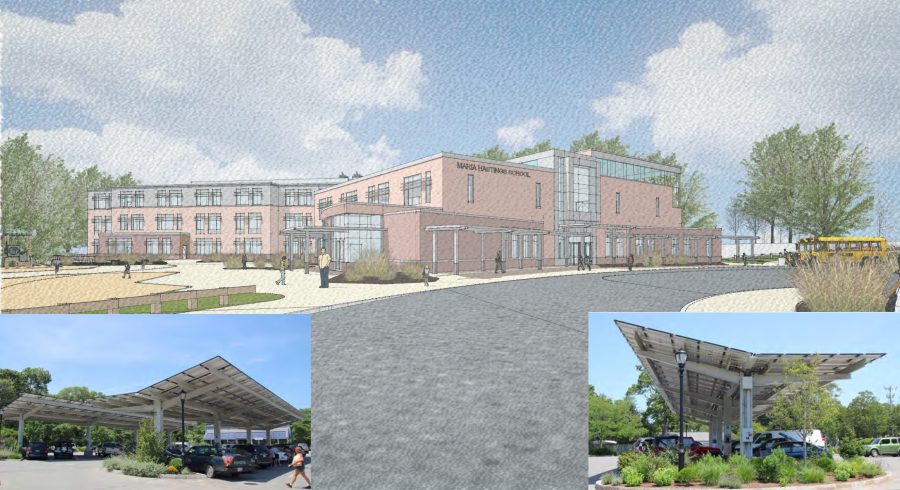How Safe is Lexington?
Q: How safe is Lexington? I keep thinking about the gas explosions in Lawrence and wonder if that could happen here.
A: Natural gas is inherently dangerous. Gas explosions in Lawrence, Andover, and North Andover killed a young man and cut off heat and hot water to 10,000 families. That catastrophe forced 1,800 families from their homes, many into tent cities as temperatures dropped to freezing. Families are now being told they may have to wait till March before their heating systems are fully repaired.
In 2005, a Lexington house on Hancock Avenue exploded when gas workers mistakenly connected a high-pressure gas line to a low-pressure line. Luckily the residents escaped just before the explosion destroyed the house. But the force of that high-pressure gas raced through the town’s pipes – forcing the evacuation of 1,800 homes and shut down natural gas service for many residents.
Q: Should we be concerned here in Lexington?
A: In 2014, Mothers Out Front alerted us that Lexington had 92 unrepaired gas leaks. By 2015, that number had risen to 112 unrepaired gas leaks, with the oldest over 25 years old. At the same time, a Harvard / Boston University study found that 2.7% of all the natural gas used in the Boston area is leaking into the air and those leaks are costing natural gas customers $90 million a year.
Those researchers found that just 7% of the leak sites are responsible for ~50% of the natural gas emissions by volume. And we discovered that Lexington had some of the biggest super-emitters in the Boston area! This isn’t all that surprising as Lexington has a lot of high pressure, leak-prone, bare steel pipe that was put in the ground in the 50s and 60s.
Q: What can we do about improving our safety?
A: Lexington’s Board of Selectmen, with the support of Rep. Jay Kaufman, Sen. Mike Barrett, and the late Sen. Ken Donnelly convened a public hearing in May 2016 to call for action to address this growing problem.
In response, Lexington’s Town Engineer, John Livsey, hosted a meeting with National Grid technical and field personnel, the gas leaks researchers who had documented the location of gas leaks, and Sustainable Lexington. The team identified 15 super-emitter leaks. We were able to send repair crews to fix 12 of them. Those efforts resulted in 6 leaks being fully repaired, five leaks partially fixed, and 1 location where the leak was actually made worse.
Mothers Out Front has sent new data based on utility reports, showing the number of unrepaired leaks in Lexington has grown from 112 to 149, and that those leaks are now costing Lexington gas customers $550K a year. We are falling behind the power curve.
Q: What should we do next?
A: Lexington’s Board of Selectmen, with the support of Rep. Jay Kaufman, Sen. Mike Barrett, and Sen. Cindy Friedman will be holding a new public hearing on Tuesday, November 27th in Battin Hall at the Cary Memorial Building starting at 7PM to listen to your concerns about gas leaks and natural gas safety, to hear recommendations from gas leak experts, and to call for action to address this growing problem. Please come to the hearing!

Q: I understand that our two newest schools have been designed to be all-electric schools and will not be using natural gas for heating. How will that work?
A: Yes, Hastings School and the Lexington Children’s Place pre-school buildings are both expected to be net zero buildings. Both will produce more than 100% of all the energy they need on an annual basis from the sun, without using any fossil fuels.
Hastings School will use a heat pump to move heat from the ground into the building during the winter months and then cool the building by pumping heat out of the building during the summer months back into the ground. Ground source heat pumps can deliver up to 5 kWh of heat for every 1 kWh of electricity used to run the heat pump. That means the total amount of energy needed to run the building will be dramatically lower than traditional buildings. In fact, the design team expects that Hastings School will use less than half the energy of a conventionally designed school.
We’ll be installing solar panels on both the rooftops and in the parking lots. In a relatively new twist, we’ll also be adding energy storage batteries to help lower our electricity costs. We’d expect to pay $250,000 a year for the energy needed to run Hastings School without the solar. But the solar + storage energy system combined with the ground source heat pump will produce all the building’s energy from sunshine, plus generate about $150,000 a year in new revenue.
We’ll have a healthy, zero emissions school that generates $400,000 a year in net positive cash flow for the Town, just from Hastings. What’s not to love about that?

of the Sustainable Lexington Committee
Sustainable Lexington is a Town committee appointed by the Board of Selectmen to enhance Lexington’s long-term sustainability and resilience in response to environmental resource and energy challenges. Work includes the following: Recommend sustainability goals, priorities for implementation, and implementing programs, monitor and measure the effectiveness of sustainability programs undertaken by the town, and educate and raise awareness among Lexington residents regarding Lexington’s sustainability and resilience.
